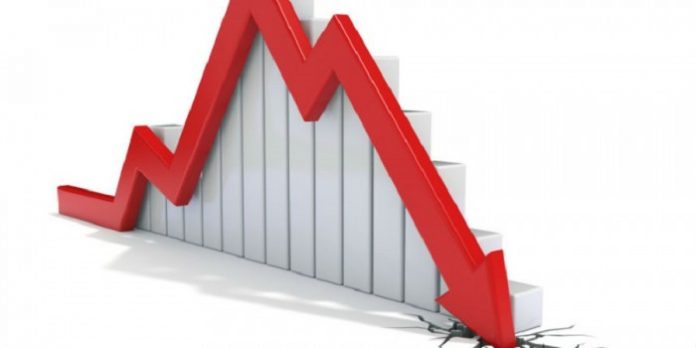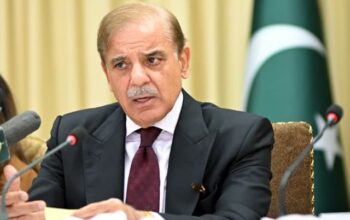By Staff Reporter
ISLAMABAD: Consumer inflation slowed to 0.7 percent in March, the lowest in over three decades, as sluggish domestic demand and government-led economic reforms combined to cool price pressures, official data showed on Thursday.
The March inflation reading, released by the Pakistan Bureau of Statistics (PBS), followed a 1.5 percent rate in February and marked a significant decline from 20.7 percent in March 2024, signaling a turning point in the country’s battle against runaway price increases.
The downturn in inflation provides a rare bright spot for policymakers, who have been struggling to revive economic growth under a harsh International Monetary Fund (IMF) bailout programme.
On a month-on-month basis, the CPI increased by 0.9 percent, compared with a decrease of 0.8 percent in February.
“This is the lowest monthly YoY reading in over three decades,” said Topline Securities, a Karachi-based brokerage firm. The firm noted that inflation for the first nine months of fiscal year 2025 (9MFY25) averaged 5.25 percent, a sharp improvement over the 27.06 percent average during the same period in fiscal year 2024. “Inflation during 9MFY25 has averaged at 5.25pc compared to 27.06pc in 9MFY24.”
Arif Habib Limited, another brokerage firm, pointed out that this is the lowest inflation reading since December 1965, based on central bank data.
Despite the overall slowdown, certain commodities and non-food items saw notable month-on-month price hikes in March 2025.
Among food items, tomatoes led with a staggering 36.35 percent increase, followed by fresh fruits at 18.66 percent, eggs at 14.92 percent, sugar at 11.48 percent, and chicken at 10.87 percent. Other staples, including fresh vegetables (6.13 percent), butter (2.70 percent), meat (1.60 percent), and pulse moong (0.70 percent), also recorded upticks.
Non-food categories weren’t immune to inflationary pressures either. Readymade garments rose by 2.15 percent, tailoring by 1.84 percent, liquefied hydrocarbons by 1.83 percent, and cotton cloth by 1.74 percent. Additional increases were reported in accommodation services (1.47 percent), hosiery (1.33 percent), education (1.23 percent), and plastic products, although the latter’s specific percentage wasn’t disclosed.
The PBS data highlighted divergent trends between urban and rural areas. Urban CPI inflation fell to 1.2 percent year-on-year in March 2025, down from 1.8 percent in February 2025 and a steep drop from 21.9 percent in March 2024.
On a month-on-month basis, urban prices rose by 0.8 percent in March 2025, compared to a 0.7 percent decrease in the prior month and a 1.4 percent increase in March 2024. In rural areas, the CPI inflation rate showed no year-on-year change in March 2025, a marked improvement from 1.1 percent in February 2025 and a significant decline from 19 percent in March 2024.
Month-on-month, rural inflation climbed by 1.1 percent in March 2025, reversing a 1.1 percent drop in February 2025 and moderating from a 2.1 percent rise in March 2024.
Inflation peaked at a record 38 percent in May 2023, driven by soaring food and fuel costs after Islamabad withdrew energy and fuel subsidies as part of a deal with the IMF for a financial bailout package. The rollback of subsidies, while painful, was a critical step to secure IMF support and avert a deeper fiscal crisis.
Copyright © 2021 Independent Pakistan | All rights reserved




